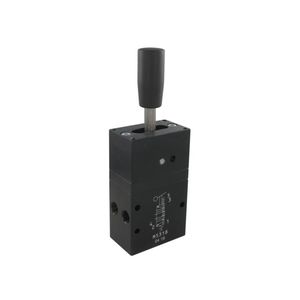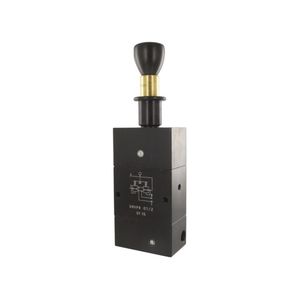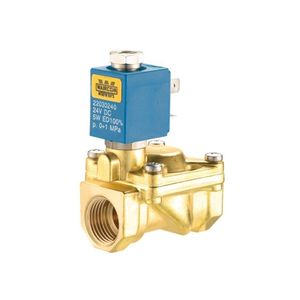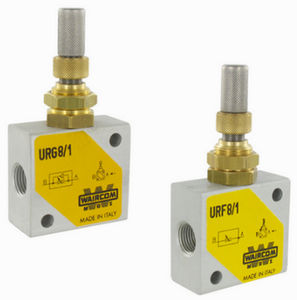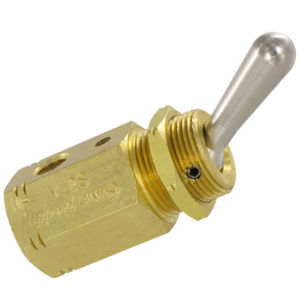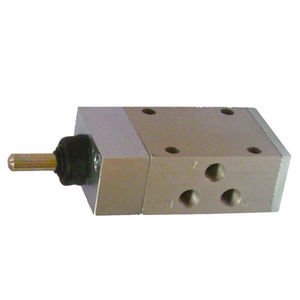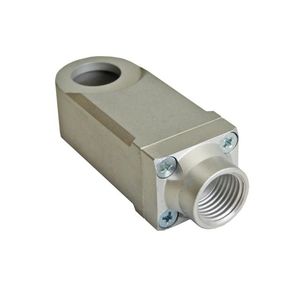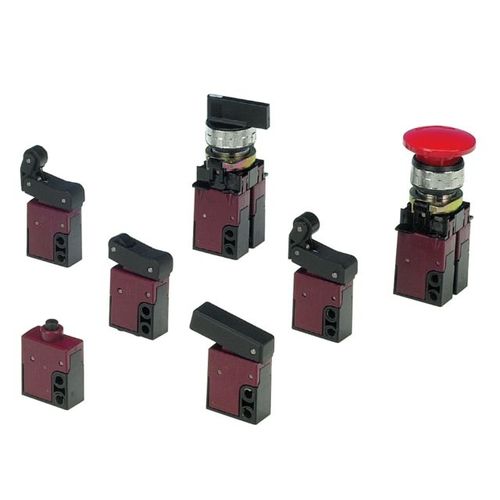
Spool pneumatic directional control valve 100 serieslever-operatedroller levermechanically-operated




Add to favorites
Compare this product
Characteristics
- Type
- spool
- Actuating method
- lever-operated, roller lever, mechanically-operated
- Ports/positions
- 3/2-way, 2/2
- Other characteristics
- normally closed, normally open, miniature, modular
- Operating pressure
Min.: 2 bar
(29 psi)Max.: 10 bar
(145 psi)- Flow rate
75 l/min
(20 us gal/min)
Description
Mechanically operated technopolymer mini spool valves - Series 100
The Series 100 pneumatic mini spool valves marketed by SENGA are designed to meet the requirements of various applications.
Made from technopolymer, these mini valves are characterised by their small size, speed and signal accuracy.
Available in a wide range of actuators, the Series 100 mini spool valves are available in M5 and 4 mm diameter push-in fittings.
Operating at pressures from 2 to 10 bar, the Series 100 mini shut-off valves are temperature resistant from -5°C to +50°C. They guarantee a flow rate of 75 Nl/min.
✔ Small footprint
✔ Signal speed and accuracy A data sheet for this product is attached.
Construction: 2/2 - 3/2, NC & NO, with shutter
Medium: filtered compressed air (with or without lubrication)
Installation: all positions through holes in the valve body
Connection type: M5 or Ø4 mm self-locking
Operating temperature: between -5 °C and +50 °C
Flow rate: (P = 6bar - Δp = 1bar) 75 Nl/min
Materials: stainless steel - SPRING; brass - OT 58 (INSERTS); - PUSH: POM - SEAL: NBR - NOZZLE: POM - O-RING: NBR - BODY: POM
Catalogs
No catalogs are available for this product.
See all of SENGA‘s catalogsRelated Searches
- Valve
- Hand valve
- Control valve
- Stainless steel valve
- Ball valve
- Water valve
- Pneumatic valve
- Threaded valve
- Electrically operated valve
- Regulating valve
- Stop valve
- Lever control valve
- Flap valve
- Non-return valve
- Electric valve
- Gas solenoid valve
- 2-way solenoid valve
- Directional control valve
- Normally closed solenoid valve
- Biogas valve
*Prices are pre-tax. They exclude delivery charges and customs duties and do not include additional charges for installation or activation options. Prices are indicative only and may vary by country, with changes to the cost of raw materials and exchange rates.





